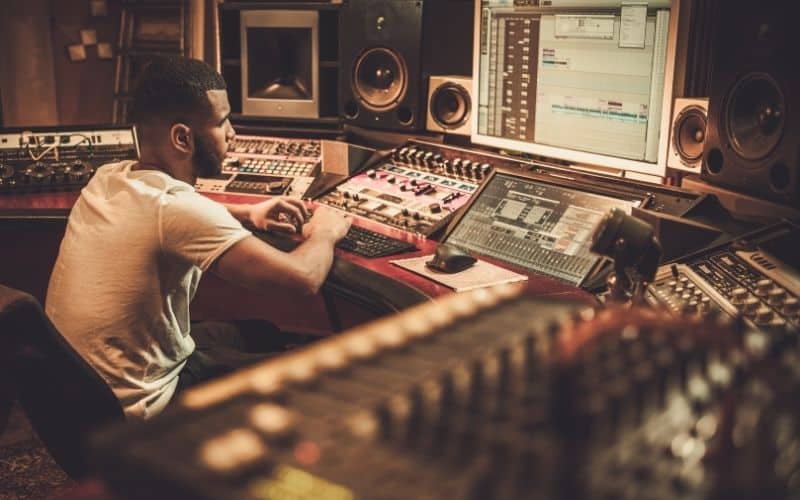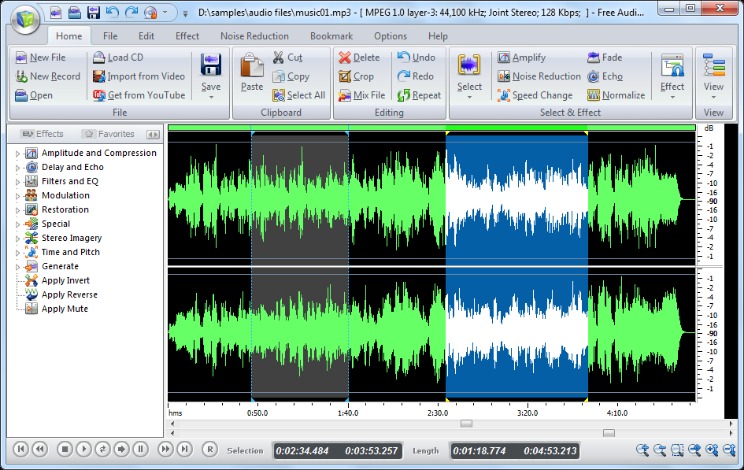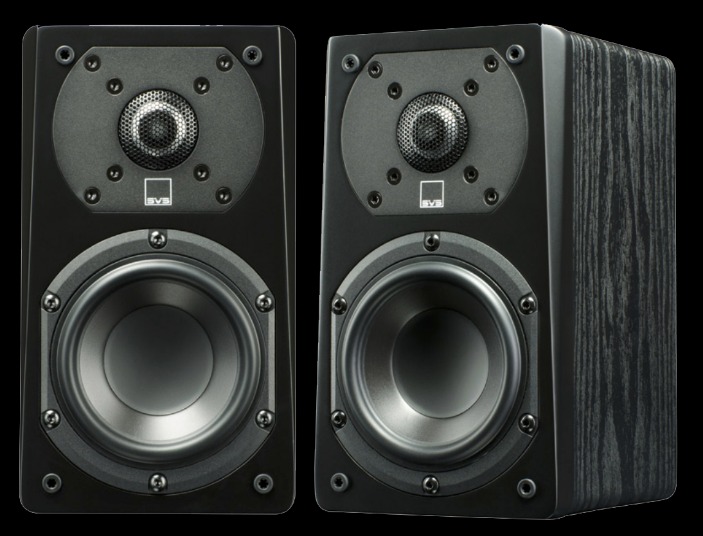Sound recording and audio recording might seem synonymous, but they’re not quite the same. At the heart of the studio is the control room, housing the mixing console, a vast array of knobs, faders, and switches. It can involve everything from field recording and Foley work to digital synthesis and sample manipulation. While creative effects like bit-crushing or saturation can add unique character to your beats.
You may find your rapport is naturally better with certain artists than others, but the best producers have an ability to establish a method of working towards a common goal with a variety of acts. At first, it may feel very difficult because it’s unfamiliar territory. The more you produce music, the easier the technical aspects will get (navigating your DAW, setting up mics, mixing, etc.). But producing music is all about your ideas, and sometimes ideas flow and sometimes they don’t. Read more about Fl Studio Vocal Presets here. You don’t need a huge amount of equipment to start learning how to mix, and you certainly don’t need a high-end studio or racks of expensive equipment. However, there are some important technical aspects of this process that you’ll need to consider if you’re going to achieve decent results on a budget. There are a huge number of reasons to learn how to mix your own music.
Is Music Career Training Right For You? Take the Free Quiz
Your goal in setting up acoustic treatment in your home studio is to make the sound of the space as flat as possible. That means removing any reverb by acoustic absorption, so all that’s left is direct sound from your instruments or voice. In these genres, a producer takes a much more active role in the creation of the music than they do in genres focused on acoustic instruments. Now we know how to mix audio, let’s cover four best practices to help you mix and create incredible-sounding tracks. Dynamic adjustments involve making real-time or automated changes to the audio based on its volume or intensity levels. Read more about Vocal Presets here. Many DAWs offer this feature to improve the overall sound, create balance, and enhance the clarity and impact of the final podcast episode. You’ll need some audio editing skills to be able to mix dialogue.
Challenges and opportunities in the music production industry
And if you haven’t, check out this post for a rundown of how to build a studio on a budget, including all the gear you need to get started. Some producers may also work on an hourly basis rather than a salary, or charge the artist’s they work with based on an agreed royalty split. So there’s really no set rhyme or reason to how much you could make.
Listen to Dj Mixes from the founder of “I am Ghost Producer” – Anatolii Vered
Read more about Vocal template Logic Pro x here. Familiarize yourself with popular DAWs like Ableton Live, Logic Pro, FL Studio, or Pro Tools. These software packages allow you to record, edit, and arrange audio and MIDI, making them essential tools for any music producer. Mix engineers use a computer with a Digital Audio Workstation (DAW) to record, organize, and mix their tracks. Inside of a DAW, mix engineers will use audio plug-ins that can add, enhance, or analyze the audio within the project.






